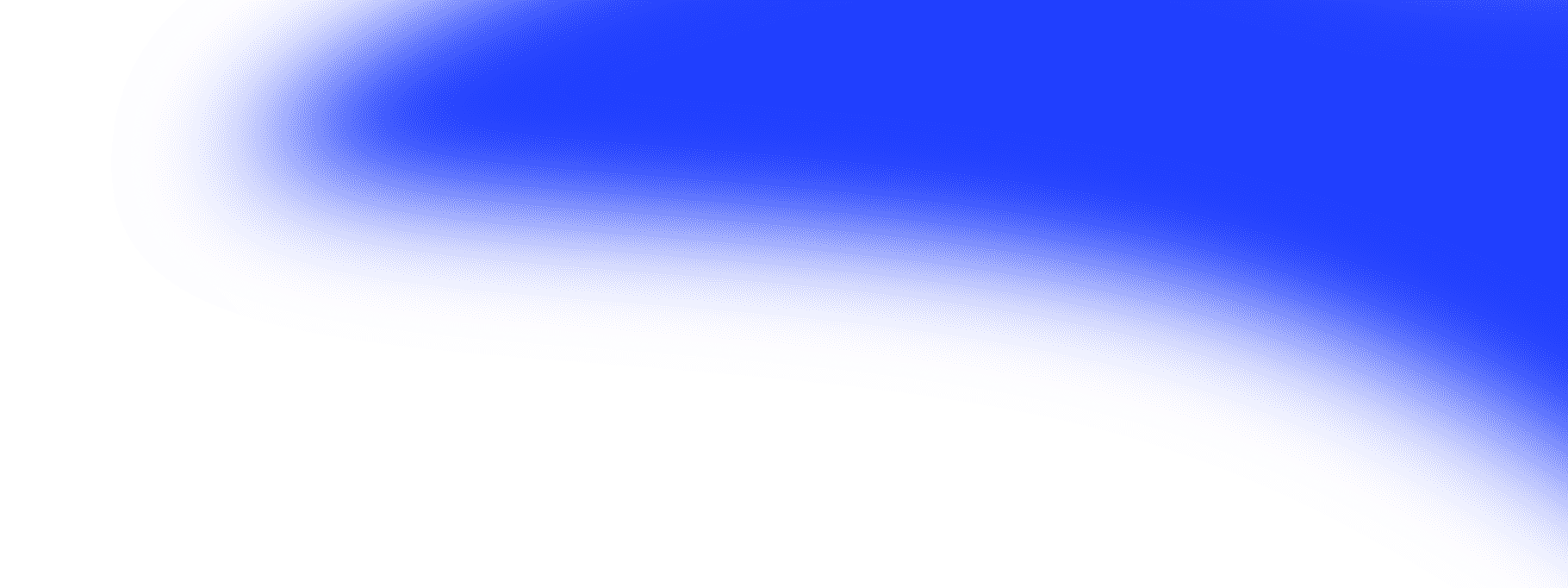
Digital Growth Strategies
in an
AI World.
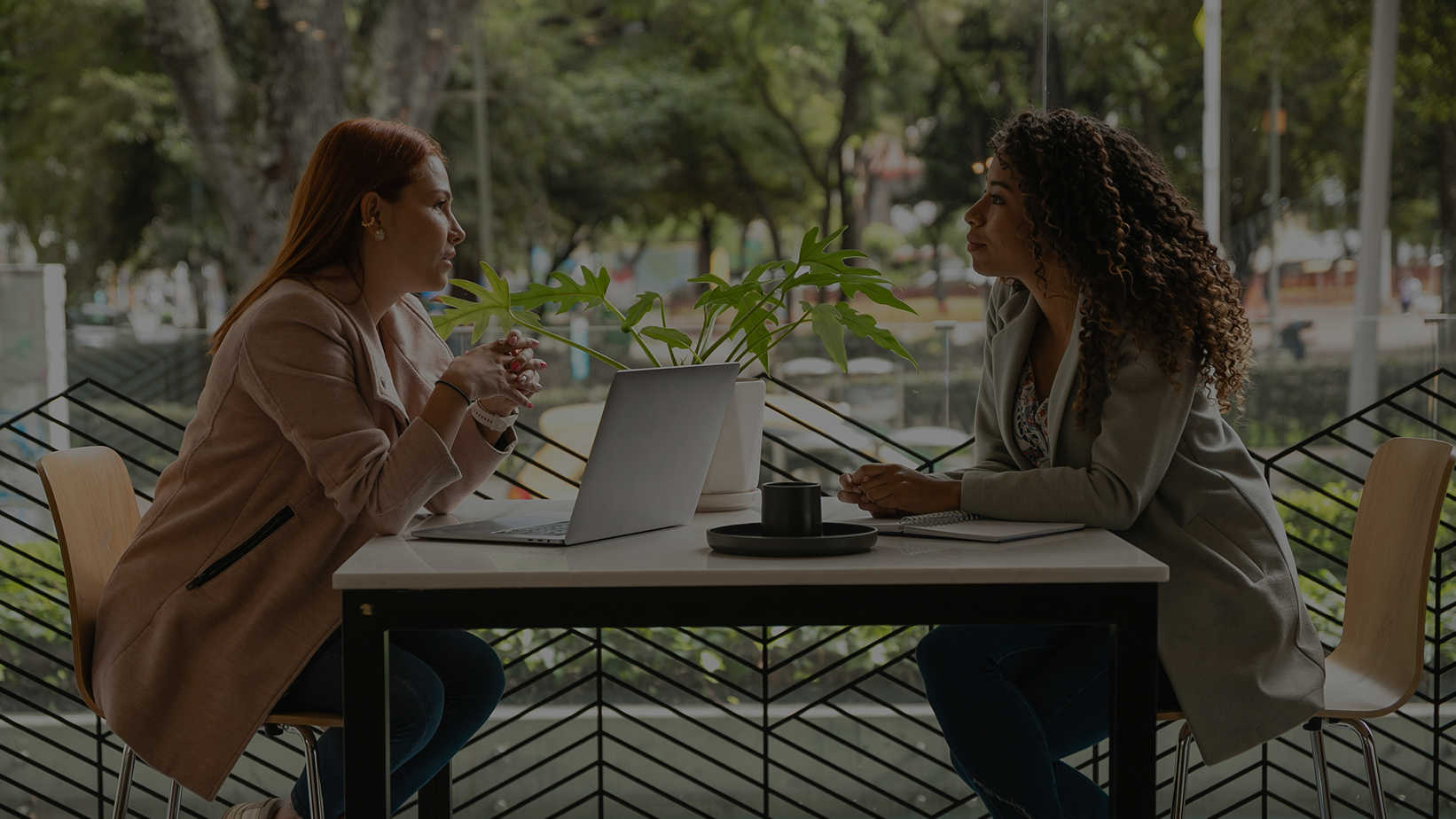
We are the eyes and ears of our clients in a fast-moving digital world - spotting opportunities, flagging risks, and staying one step ahead of change.
Our Work
Let us tell your story
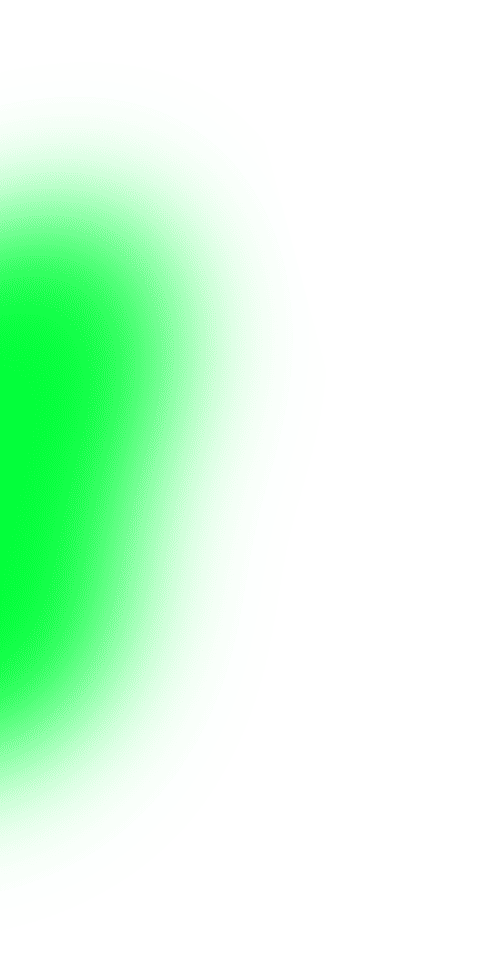
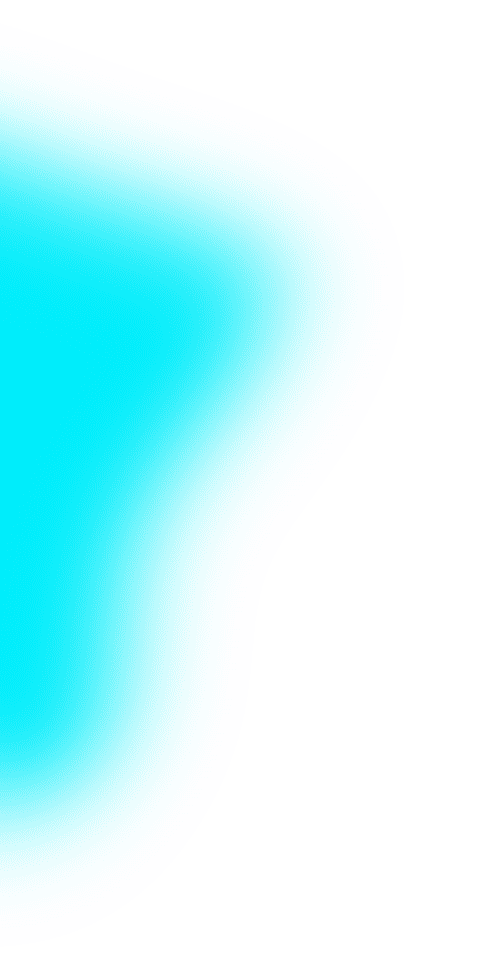
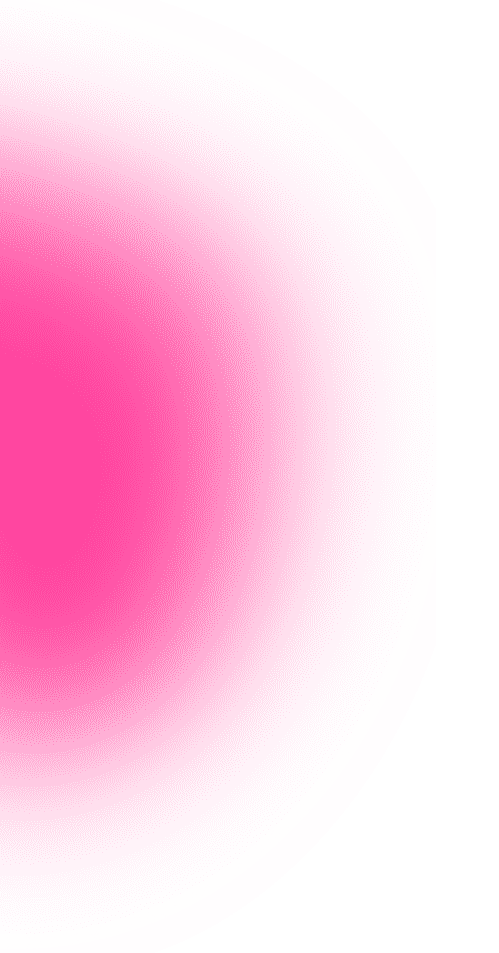
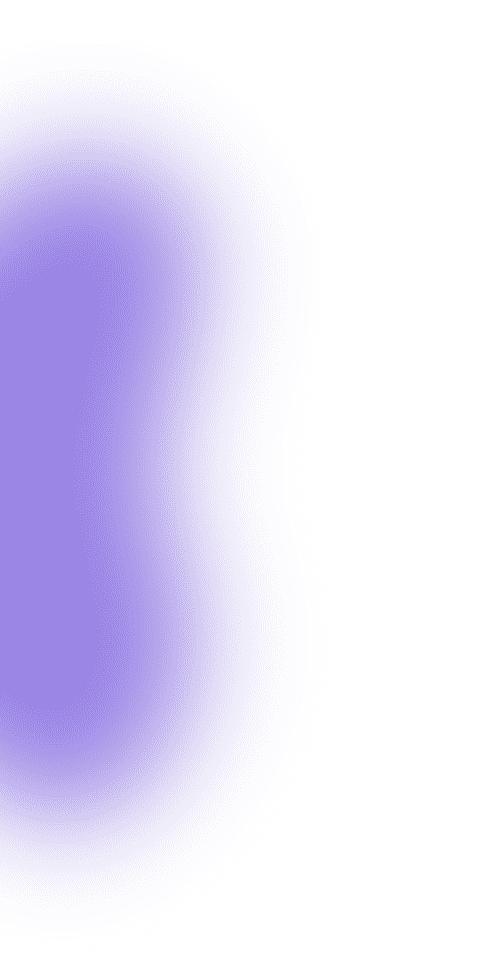

Your story, our solutions.
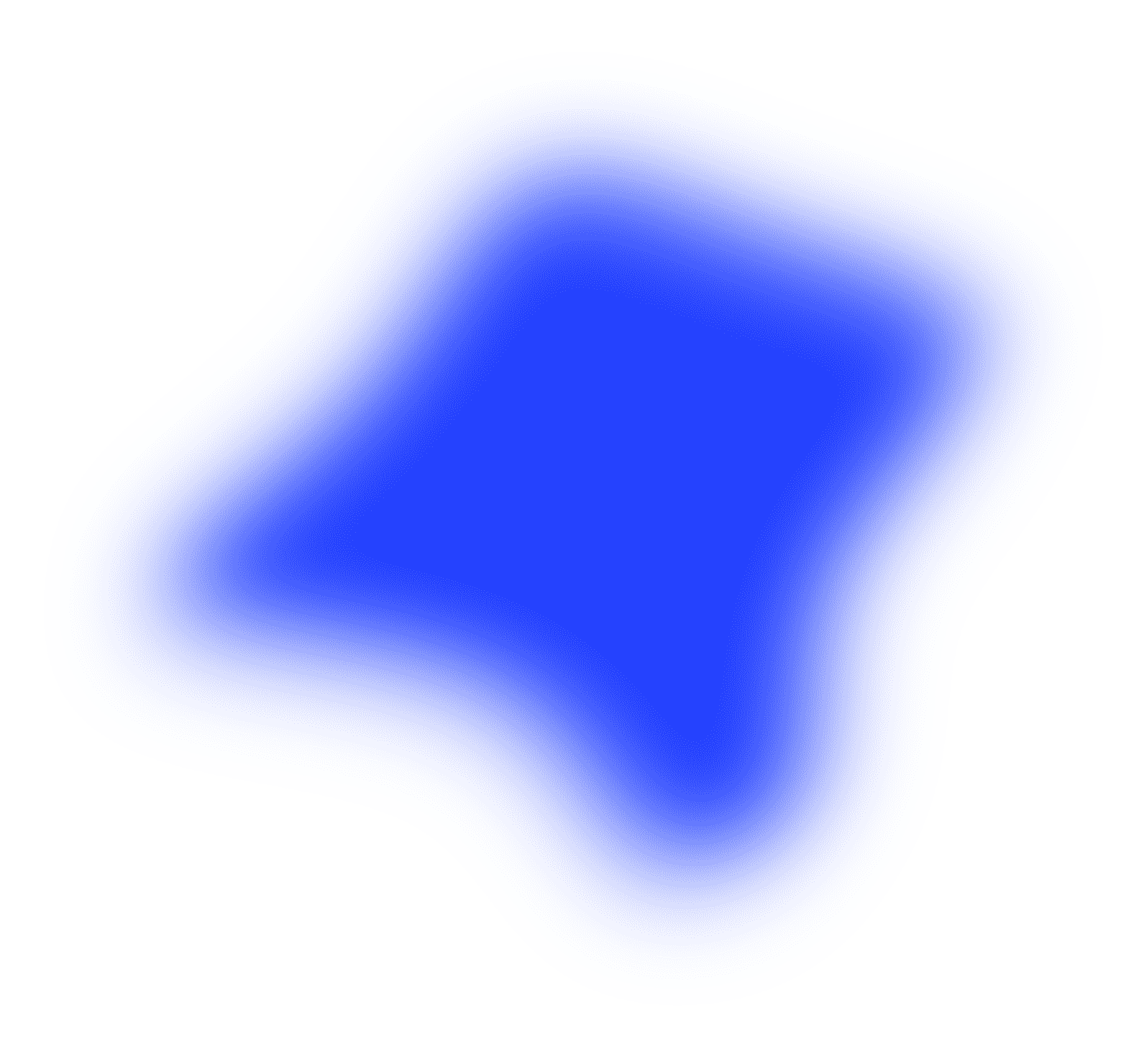
Where our story starts
Get to know us a little better and how we can help you.
Over 15 years of experience
Our team has supported clients to navigate the digital world for over a decade.
52 countries globally
We currently run campaigns in 52 countries
around the world in 42 languages.
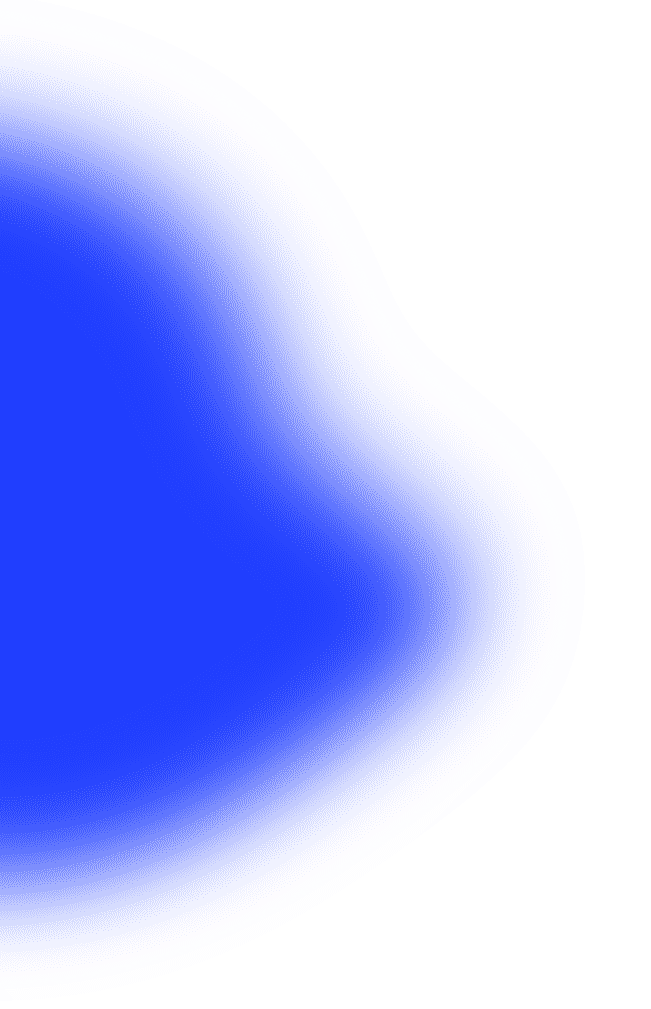
Our Blog
Read what our
clients have to say
















